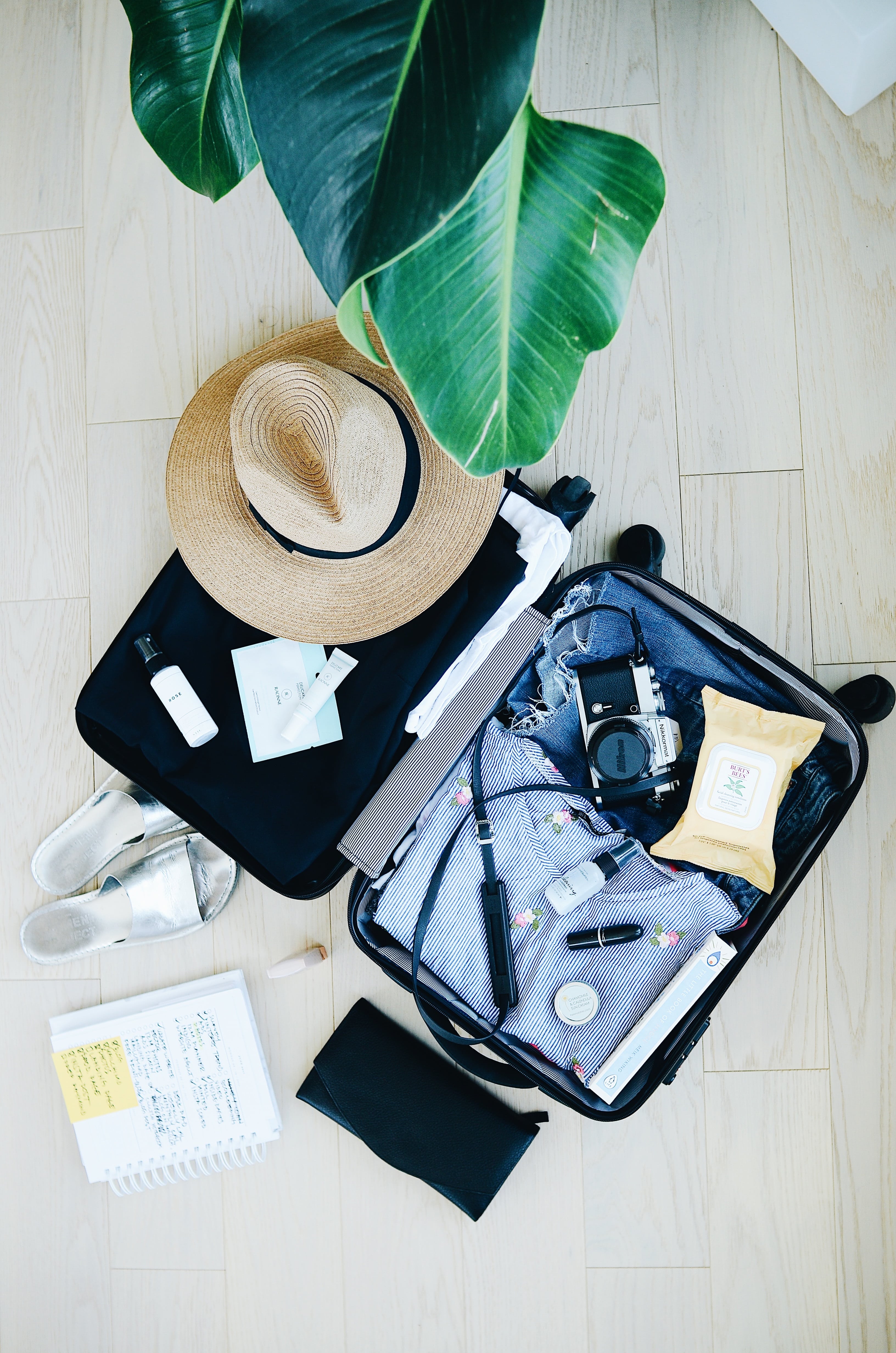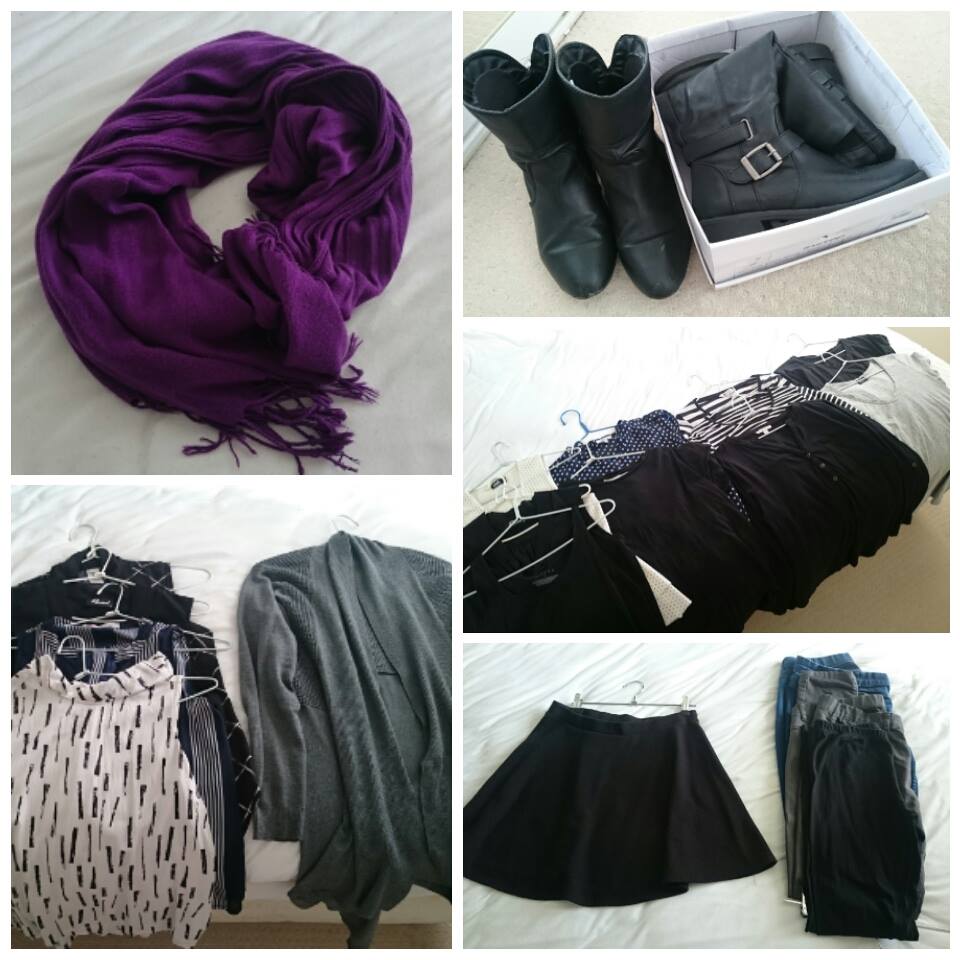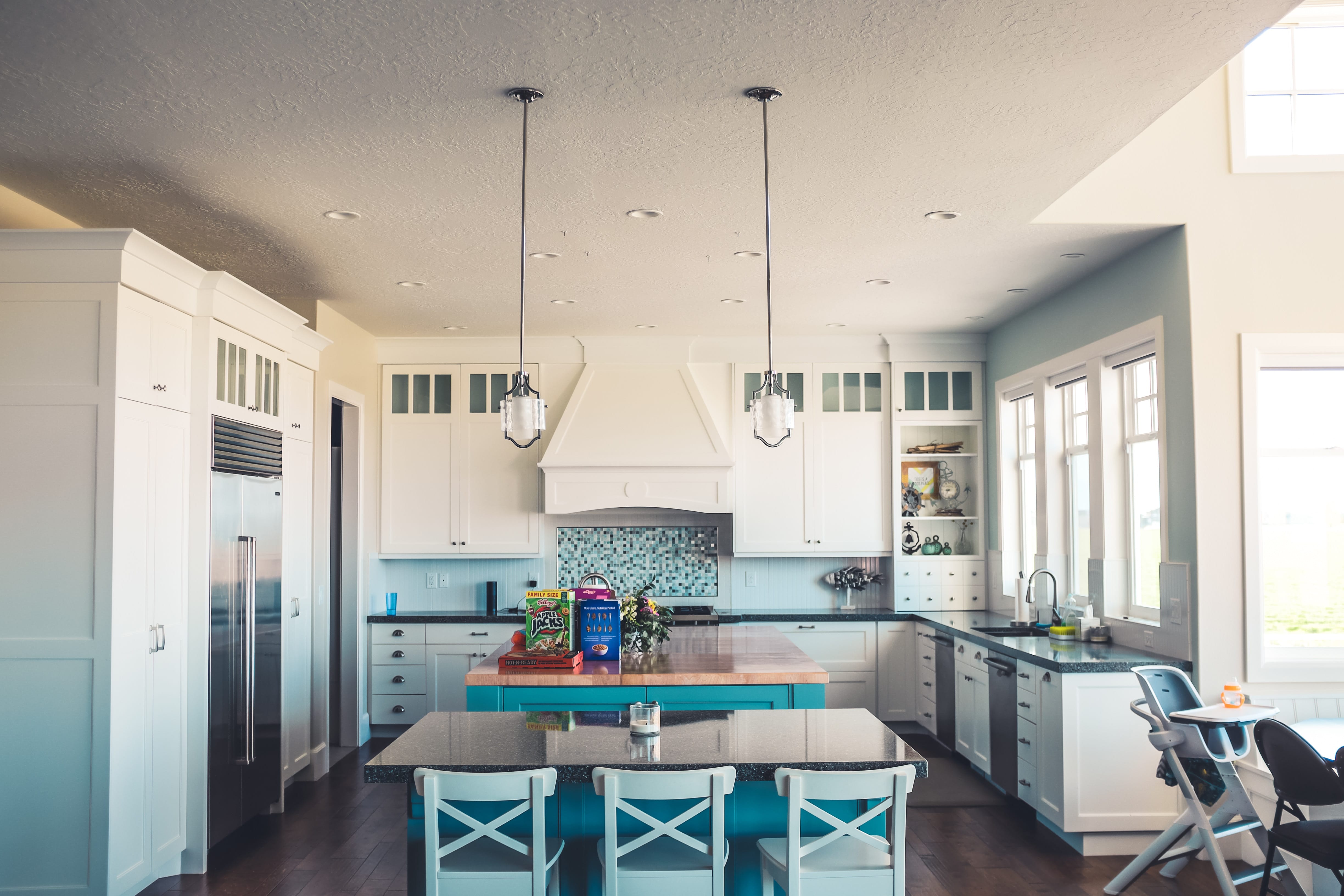Consuming is a necessary part of life. We need things to survive and thrive and at other times consuming brings us happiness. We work hard for our money so why shouldn’t we reward ourselves with nice things? This is all fine and life shouldn’t be about constant deprivation, but there is a point when consuming can become mindless consumption and get out of hand, causing harm that may not be easily identifiable to most.
Have you ever done the following; bought two of something when you only needed one because it was on sale, bought something you saw in a shop without giving consideration to how or where you were going to store it or bought something only to realise when you got home that you already had that item and had just forgotten or misplaced it? These are tell tale signs of mindless consumption.
Mindless consumption occurs when you buy without thought, usually on impulse. If you mimic these behaviors you might be carrying out behaviour that is consistent with a mindless consumer:
- You hit the shops regularly, particularly to alleviate boredom to browse the aisles or shelves to see what takes your fancy
- You spend hours each week at the shops and consider shopping your hobby
- you buy things on credit because they were not a planned purchase so you didn’t save up in advance in order to purchase the item
- you buy things just because they are on sale
- you buy new clothes when you know that you can’t fit the ones you have in your wardrobe
- you find it hard to stick to your budget or run out of money well before pay day
If you find yourself buying things you don’t need or that you regret on a regular basis you may need to reassess your shopping habits. Mindless consumption can lead to anxiety and stress. Whether it’s from clutter in your home that makes day to day life harder, stress about keeping up with credit card repayments or buyers remorse when you’ve spent money you weren’t supposed to on things you realise you probably didn’t need.
If you want to change the cycle and learn to be a more mindful consumer check out these 17 Ways to Reduce Mindless Consumption in Your Life.
- Learn to be content with what you have
A large part of our consumer culture is trying to fit in with the people around us. Whether that be having a newer car, most recent fashion, or the most awesome looking holidays. We often compare ourselves to others we see on social media that seem to have perfect lives, disregarding the true picture. It’s unrealistic to compare our lives with others when we don’t know their financial circumstances. Compare apples with apples not apples with oranges!
When we look at others and what awesome things they may have we need to remember that we don’t their income, what expenses they have, how much they save each week or how much debt they have taken on in order to fund their lifestyle choices. Unless they tell us their most intimate financial details we can’t possibly know and we shouldn’t need to worry as we all have our own financials to worry about. Maybe they earn good money and saved up for their car over a period of years or maybe they are living week to week and bought everything on credit. Comparing our lives to others when we don’t know the full picture gives us an uneven viewpoint and takes valuable time away from our own goals worrying about others.
If you don’t have a new car and are driving your regular old car be content that you can get from A to B and not have a car loan to pay each week. If you’re always wanting the next designer handbag or latest Nike runners you will never find happy. With the current weekly fashion cycle there will always be something new and more in than what you just bought there to make you feel inadequate – if you let it. Step outside of the consumer rat race. Make decisions that will benefit your life and increase your true happiness, not to impress others.
2. Look for happiness in experiences not things
Choosing experiences over stuff can lead to more mindful spending and increase happiness levels. Compare your thoughts and feelings about past purchases versus experiences. When was the last time you reminisced about the $500 designer jeans you bought or the must have new heels that were irresistible? Think back to Christmas two years ago. What did you get? Can you even remember? It’s highly likely that you can’t remember the awesome stuff you got at Christmas or what you bought at the mall but you can remember the experiences you had on your last holiday. That is because the memories we create, and the relationships we form and maintain are more important than the gifts that were exchanged or stuff we bought.
Reduce the focus and value you put on stuff. Having 100 pairs of heels might seem like a dream come true but could you be just as happy with 10 killer heels that you love and a relaxing holiday to explore a new and foreign destination? Instead of spending $100 a week shopping on things you will probably leave lying at the bottom of your wardrobe and forget about, imagine if you had instead saved that money and put it towards an overseas vacations with your family or friends. Or signed up for something that truly bought value and happiness to your life like joining a martial arts class, buying tickets to see your favourite band in concert, or getting those singing lessons you always dream about. These things can bring a whole new level of happiness and growth that can continue to bring contentment well after you’ve lost interest in your new purchases.
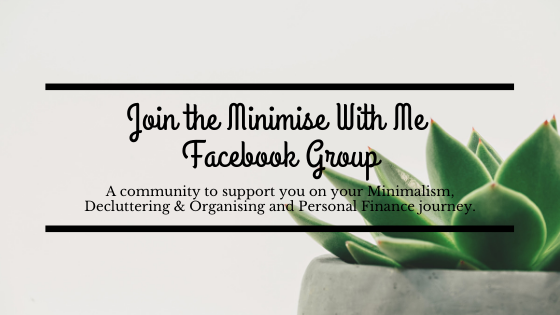
3. Get hobbies other than shopping
NY Daily News reported that the average women in America spends 399 hours a year shopping over 301 days. Alarmingly, Adweek published results of a study by Varsity Brands that identified 80% of 13-18 year old girls listed one of their main hobbies as shopping. There is an increasing trend towards spending more and more of our time consuming.
Hobbies can provide us with many benefits; we can get exercise, learn new skills, develop our creativity, make new friends and find valuable uses for our free time that don’t include work or watching TV. Shopping can become an extremely expensive hobby with very little true benefit. There is nothing wrong with shopping for things that we need as we need them. But when we shop aimlessly and unnecessary, whilst we are stuck in 4 walls searching endlessly for the next bargain we are missing out on other value adding activities like visiting an Art Gallery, learning a new language, spending time exercising out in nature or doing anything else that might be of interest to you. Not to mention the True Cost of all that stuff that we walk away with including the environmental impact.
If you find yourself hitting the shops every day or very frequently, consider whether you are investing more of your time then you would like at the shops and consider alternative activities that you would enjoy over your next visit to the mall.
4. Stop shopping socially
If your only plans with friends are to go out shopping together reconsider your catch ups and change them to something more rewarding and less detrimental to your wallet. Consider going out for a coffee together instead or a river walk or join a class together. Find a new social activity to replace the regular shopping expedition. Speak to your friends about your desire to spend less time and money at the shops. You may find that they have been thinking the same thing and you can all help each other with your new found goal to reduce your shopping trips. Or if you really do love shopping with a friend, make sure you bring your list that you have built up an thought about over time to help you stick to your goals of shopping more mindfully.
5. Adopt a capsule wardrobe
Reduce the desire to shop for unnecessary clothing by adopting a capsule wardrobe. When you only have 30 or so of your favourite pieces to mix and match in your wardrobe, you will no longer feel the need to continually shop for more clothing as you will be content with what you have in your own home. You’ll also be more aware of what you do. Having a capsule wardrobe will help reduce the impulse buy clothing as you will always have something you love to wear on any given day. Set yourself a new goal, if you bring a new clothing item home that you need to get rid of something else to limit the temptation to buy something you probably don’t need. As you shop ask yourself what am I willing to donate in order to take this home? This will help you to reduce mindless consumption and help you only bring home what you genuinely need and will use.
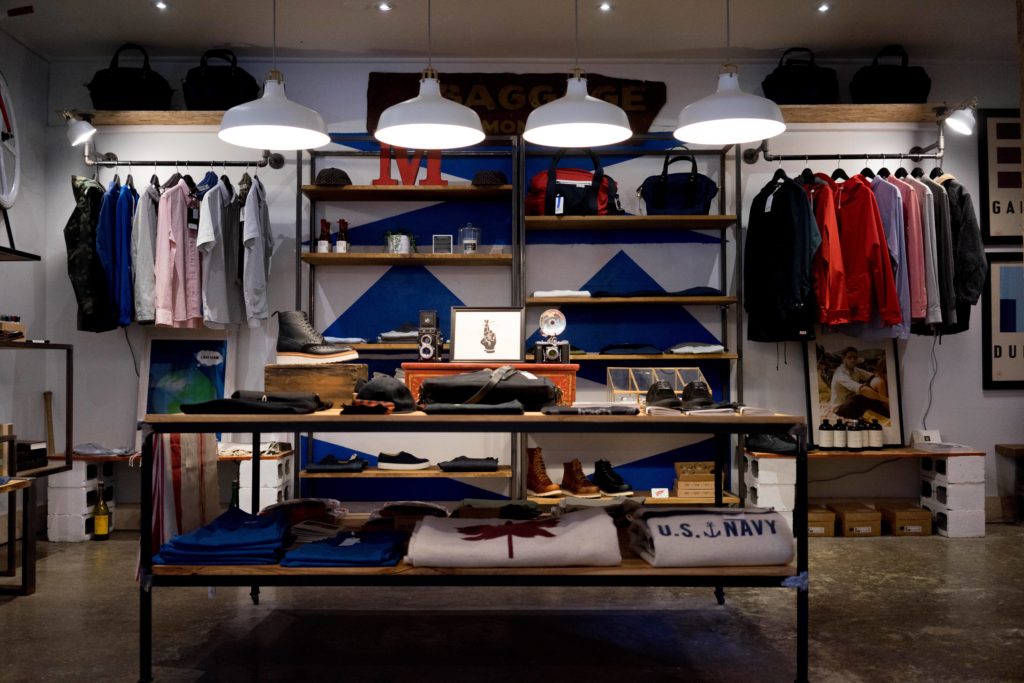
6. Have a wishlist of things you want
Avoid walking into shopping centres with no plan or purpose. If you walk around aimlessly into store after store, you are guaranteed to succumb to temptation and purchase something you really don’t need. Instead of going to the shops regularly and to browse, only go with a well curated list of things that you need. Add to and build your list over time, this will allow you to reduce your shopping trips and let you buy what you need in one visit. If you can get your shopping done once a week instead of in multiple trips you are going to see the added benefit of time savings, and we can all benefit from that!
7. Wait 24-48 hours minimum before buying anything
To help you resist the urge for mindless consumption it pays to pause before making purchasing decisions. The bigger the purchase the longer you will need to access the decision you are making. Stopping to think before we hand over our cash or cards can help us resist unnecessary purchases that we will regret later. It also allows us time, particularly for larger purchases to check reviews in a relaxed environment, ask friends for product recommendations and to truly think about the item before you part with your cash.
Having time to carefully consider your purchase before exchanging cash will allow you to reduce the number of items you are bringing into our home impulsively and potentially save you thousands each year. When we stop to think we can help reduce mindless consumption. The smallest pause can make a huge difference. Even if you just leave the shop and decide to think about it a bit more before you part with your cash you can always come back to the shop before you leave.
8. Be patient and wait for the right item
Sometimes we can find something close to what we want and by it only to find what we actually wanted soon after. To help avoid this and mindfully consume we need to be patient. Ask yourself what is the ideal item I have in mind for this item I am after? Think about the features you want in it. If it’s a new backpack, maybe you want something that is fold-able, has hidden zippers, a bottle holder, rain cover and is blue. Don’t grab just any bag or the one that is on special. Hold out for the one that you want with the features you need.
I wanted a rose gold necklace and found one that I really liked which was only $4. I was so tempted to put it into my basket but I wasn’t sure if it was what I truly was after. I imagined what necklace I would by without hesitation right now if I saw it and it wasn’t the one I was holding so I put it back. Asking yourself ‘is this something that I will be happy with no matter what other item I found from here’ can help you make the right purchase decision.
9. Declutter your belongings
One of the biggest reasons we are mindless consumers is because we don’t know what we already have. If your wardrobe is overflowing and your drawers are packed full to the point where you struggle to close them it’s highly likely that you probably have forgotten about what you even own. Out of sight out of mind right?
After decluttering over half my belongings, my need to consume reduced drastically. I soon realised what items I bought unneccessarily and what I wouldn’t buy again. I learnt what clothing and shoes I liked and what I didn’t. Decluttering your stuff will show you how little you need to be happy what you can live without. It has the added bonus of ingraining in you how much money you have previously wasted. Every time I sold something for $10 and thought how much money had gone down the drain was a lesson for me to change my old consumer ways! I now know that I don’t need ten pairs of great jeans and that owning three is more than enough and know I never want to revert back to my overflowing chaotic wardrobe of the past. Here’s a list of where to start!
10. Learn to differentiate needs versus wants
The next time you feel the urge to buy yourself something ask yourself is this a need or a want. Learning the difference between the two can be budgetary speaking – life changing. Buying what you want over what you need could mean the difference between a future home filled with endless trinkets and decor pieces, with the stress and time outlay that comes with maintaining your stuff, with a side of sky rocketing consumer debt. Sticking to only buying what you need more often than not can mean achieving freedom from debt much sooner and a life of contentment with only the most valuable items to you.
Maybe instead of buying that lovely aqua vase you can just admire it, accept that it is a lovely piece of decor and acknowledge that you already have a lovely vase at home and there would be better uses for that cash such as saving it rather than buying another decor piece to dust every week. If you ripped your jeans and only have one other pair, then it’s safe to say you probably do need a new pair and you can go out and replace those confident that you are mindfully consuming.
When you adopt a lifestyle of less you will start to appreciate what you do have much more than ever before and feel most content with less as everything you do have will serve a purpose in your life and hopefully bring you joy in some way.
11. Start saving and investing
Some people genuinely don’t have a plan for their earnings and therefore find themselves trying to find more and more things to spend it on. I recently heard a millenial interviewed about housing costs that said that because she couldn’t afford a house there was no point in saving any of her money. I couldn’t believe my ears? Because buying a house seemed impossible there was no point in saving for anything. When you have no financial goals mindless consuming can quickly become the norm.
When you change your goals from what you want in terms of physical stuff and instant gratification to what your future you want a whole new change of mindset occurs. You will now have a new idea in mind for your hard earned cash. Instead of regularly blowing $200 on an impulse shop you could save or invest that money for the future. Over time watching your savings or investment increase over time will give you an equally awesome, yet guilt-free buzz!
12. Donate and help others
If you have enough cash to hit the shops every single weekend and buy every new gadget as it hits the store shelves, maybe you could consider an equally rewarding use of you cash. Helping others such as donating to charities instead of consuming can give your happiness levels a much longer lasting boost. Consider the joy you feel when buying a new top versus the joy you would feel knowing that you had donated to a worthy cause and changed someone in needs life for the better!
If you have endless time to scourer the mall and aisles, maybe your time could be better utilised volunteering to help others in need. Find a charity that resonates with you and one that you would feel pride helping. Donating our time or money can bring us a much greater sense of purpose and joy.
When we want less, we are able to give more.
13. Say no to debt and buy in cash
There is no greater way to encourage mindful consumption than to pay with purchases in cash. The simple rule is if you don’t have cash then you can’t afford it. Just because after pay is available doesn’t mean it is a good idea. And we all know it is so much harder to pay for something after the thrill of buying it is over.
If you want to truly know if something is worth buying and a mindful purchase, save up for it! Wait whatever time it takes to put that money away for it. Every time you are willing to sacrifice going out for dinner or happy to skip the morning coffee you will know that what you are saving to buy is going to add value to your life and something you are willing to make sacrifices to get.
When you finally buy your item you can truly appreciate it for the hard work you put in and know you can walk away with your new awesome purchase completely debt and repayment free!
14. Borrow or buy things second hand
The next time you are on your way to the shops to buy something ask yourself could I borrow this or buy it second hand? I recently planned to buy an electric sander which was only $80, my thought process was – oh that’s not too expensive, I will just buy it. I then considered whether I could borrow it instead and asked around and managed to borrow one off my step father for free. My last photo shoot I wasn’t sure what to wear and managed to borrow a beautiful dress off my sister in law for the day that cost me nothing! Each of this little changes to buying habits adds up and in time you can return the favour.
Ebay, Gumtree and sites like Craigslist have opened us up to more options for things we need but don’t necessarily need to buy new. By borrowing or buying something second hand we can not only save money, but can help the environment by reusing something rather than having it end up in landfill. Thrift shops are also a great option to find pre-loved items on the cheap.
15. Ignore the catchy sale signs
I used to swoop to those sale racks or tables as quick as anyone else ever did. It’s what frugal people do right, who would pay full price? Maybe so, but it’s only frugal if you are buying something you need, not something just because it is on sale. Often people get caught up in the ‘savings’ and hype of a bargain. If you bought one $50 top and got one free you didn’t save $50 you spent $50. The next time you are at a sale rack ask yourself this:
“If this was full-price would I be willing to buy it”?
If the answer is no, then maybe you are just buying it because it is on sale and you need to reconsider your decision. If your answer is a resounding yes that would show that you have made an informed decision and found the perfect item, ideally an item that you love, that sparked joy and fit perfectly and made you feel great. When you stop buying things just because they are on sale you can start buying what you really want – even if it is full-price – as long as you are sure that it is what you truly want rather than just a spur of the moment decision.
16. Educate yourself on waste and the impact on the environment
By educating ourselves we can open our eyes to the negatives of our consumer culture and mindless consumption and it’s impact on the environment. ABC’s War on Waste recently reported that Australian’s are disposing of 6,000 kilograms of fashion and textile waste every ten minutes. Being aware of our environmental impact can help us make better decisions. Sometimes we need that extra nudge to kick us into action and make changes to our consumption behaviour.
When we realise that our purchasing decisions can make an impact on the environment or other people or animals lives that can aid us to make more mindful consumption choices. When we see the level of waste that occurs we might think a little bit more about each purchase. It could be a simple decision to buy more quality, timely pieces that last longer rather then cheaper pieces that end up in landfill in 12 months time or after a season.
17. Learn to value your time
One trap of the consumer culture is that we all seems to lose sight of the value of time. We are all so focused on getting more and more money and more and more stuff and forgetting our most important resource – time. A resource that we can never get back.
Think back to all those hours you spent shopping. Whether it be at the mall or online, or browsing Amazon. Not to mention the time spent in traffic getting to the shop, the time spent waiting in line or to try those clothes on. Think of what you could have done instead with all that time! Was everything you bought last year worth the time you spent earning it? Or even everything you have ever bought? I am certainly no stranger to wasting money on things I didn’t need and that I eventually regretted buying. In order to assess this it can be helpful to calculate our purchases in hours, that is the time taken to earn the money spent as opposed to dollars.
As an example, you earn $20 an hour and want to buy a new handbag for $120. That handbag is also costing you 6 hours. So the total cost is really $120/6 hours. Does this change your decision? In order to mindfully consume we need to take into account the whole picture for each purchase. Not just the cost to our wallet but the time lost. When you take both into account the cost seems a little less ideal – even if it is on sale! This isn’t to say that nothing is worth our money and we should never buy anything and just hoard our money but considering the time cost goes a long way to helping us make more mindful consuming decisions.
Do You Want Help With Spending Your Money With Intention?
If you want to learn how to spend your money with intention and in line with your values and take the stress and anxiety out of your money, book in for a free Q&A call to see how Minimise With Me financial coaching can help you gain clarity around your finances!
You can learn more about my financial coaching services and how I can help you achieve your financial goals here.
What helped you to become a more mindful consumer? What tips to you have to limit impulse purchases that might be helpful to others? Please share your experience and tips 🙂


